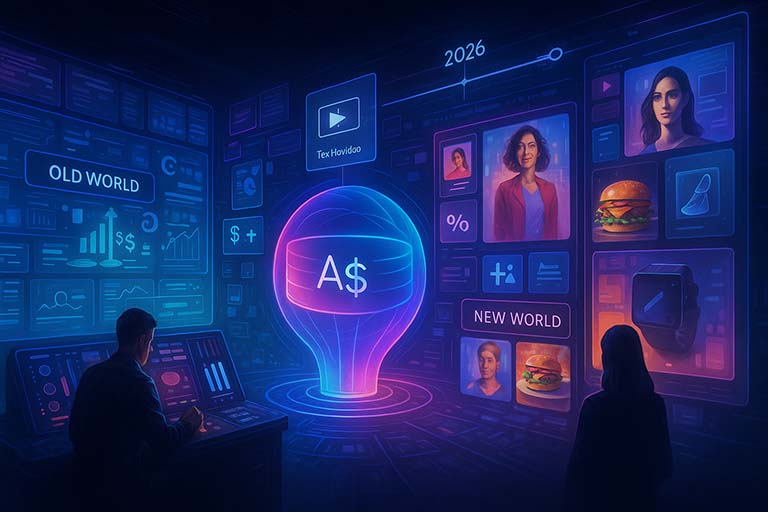
Over the past year, Meta has made a clear shift toward automation-first advertising roadmaps.
While this promises powerful AI-driven results, it also reduces the manual control media managers once had over campaigns.
The big question: Is this good or bad for brands?
The answer depends on your size, your data, and, most importantly, your creative strategy.
Meta’s Advantage+ campaigns and AI targeting have proven surprisingly effective, especially for larger brands with years of conversion data to feed the algorithm.
For these brands, AI can:
But there’s a catch: brand-new businesses aren’t seeing the same consistency.
With no established customer trust, minimal conversion history, and often weaker creative assets, the AI has less to work with and performance suffers.
Mark Zuckerberg has openly shared his vision for a future of “infinite creatives” a world where brands won’t need to provide:
Instead, brands will simply provide goals and budgets, and Meta’s AI powered by its Andromeda engines will handle everything else.
This means creative quality and brand messaging will become the true competitive edge.
In the old days, success in Meta ads was roughly:
20% creatives, 80% targeting & optimisation.
That’s about to flip.
Soon, the winning formula will be:
80% creative & messaging, 20% optimisation.
Why? Because as targeting becomes automated, the only way to stand out will be:
By the end of 2026, generative AI could make it possible to:
But we’re not quite there yet.
Right now, AI is best used to supplement your creatives, not replace them.
Issues still include:
Meta’s shift to automation isn’t just a tech update, it’s a paradigm shift in advertising.
As AI takes over targeting and optimisation, your creative strategy will make or break campaign performance.
The brands that win will be the ones that:
The bottom line: If you’re still treating creatives as an afterthought, you’re already behind.